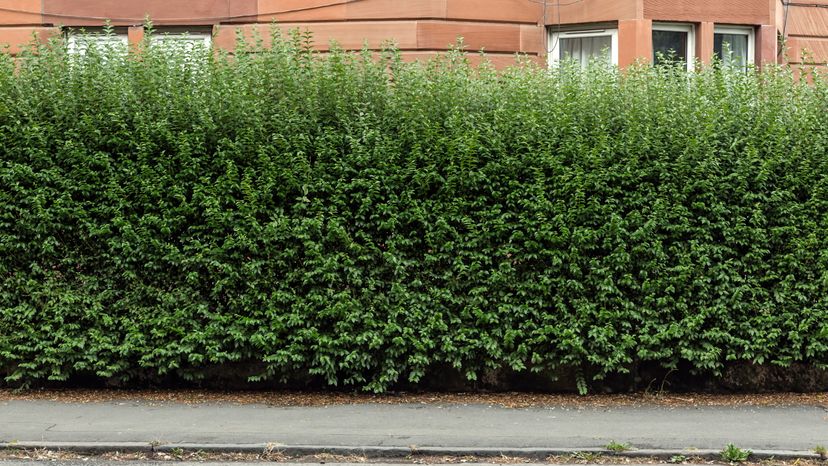
Key Takeaways
- Dwarf myrtle is a compact and slow-growing evergreen shrub.
- It features small, aromatic leaves and delicate white flowers, making it an attractive addition to gardens and landscapes.
- Dwarf myrtle thrives in well-draining soil and full sun to partial shade, requiring minimal maintenance once established.
Dwarf myrtle, a Mediterranean evergreen shrub, is pleasantly perfumed when its stems or leaves are lightly crushed. It is often grown for historical reasons, since it is the myrtle so frequently mentioned in ancient writings.
Description of dwarf myrtle: The myrtle forms a densely leaved shrub 5 to 6 feet tall and 4 to 5 feet wide. In truly hospitable sites, it can become a small tree. The fragrant white flowers are numerous and have a fuzzy appearance due to their numerous stamens. They are produced in summer and followed by purple-black berries.
Advertisement
Growing dwarf myrtle: Myrtle is normally grown in partial shade but does well in full sun if its watering needs are met. Just about any soil will do as long as it is well-drained. Prune as needed.
Uses for dwarf myrtle: This shrub is often grown for screening or as a hedge and can also be pruned into topiary forms. It is also attractive when trained up a wall as an espalier. It can be grown as a container plant indoors.
Dwarf myrtle related varieties: There are a great many varieties of this shrub. Compacta, with a low-growing, small-leaved habit, is ideal for low edgings, foundation plantings, and low formal hedges. Microphylla, which has even smaller, narrow leaves, is the most commonly used variety indoors.
: Myrtus communis
Advertisement